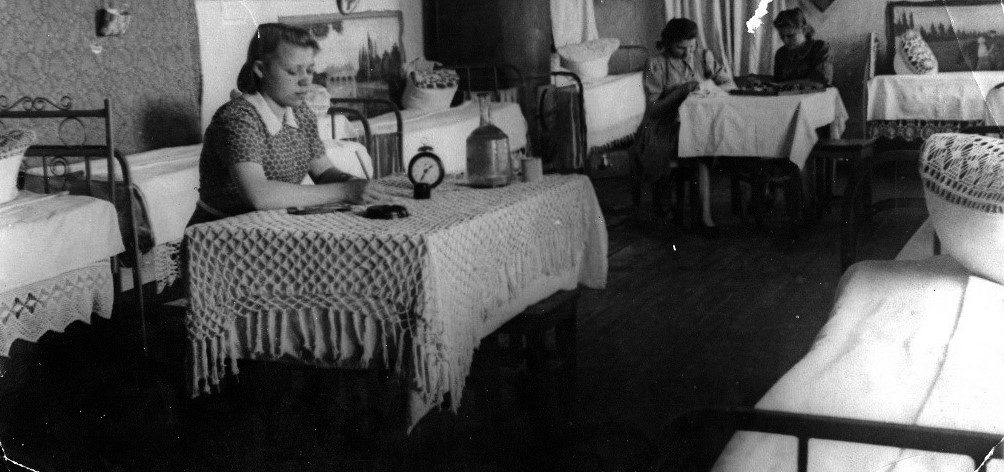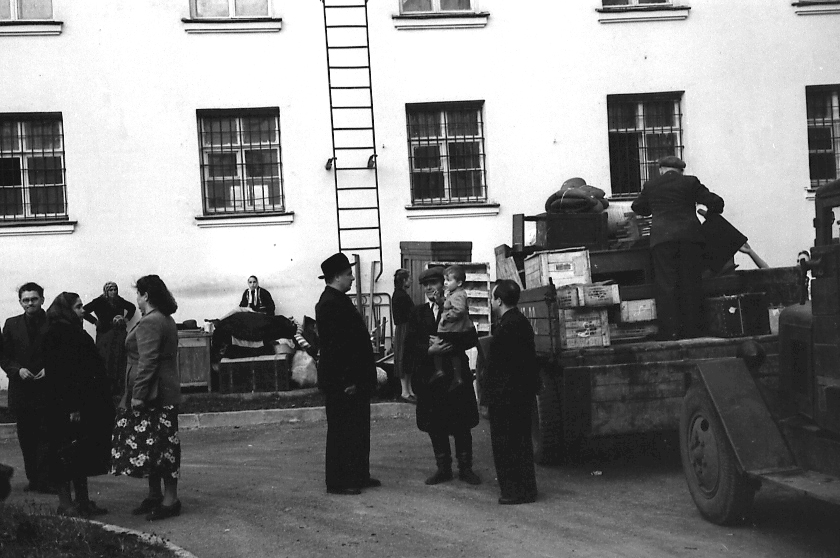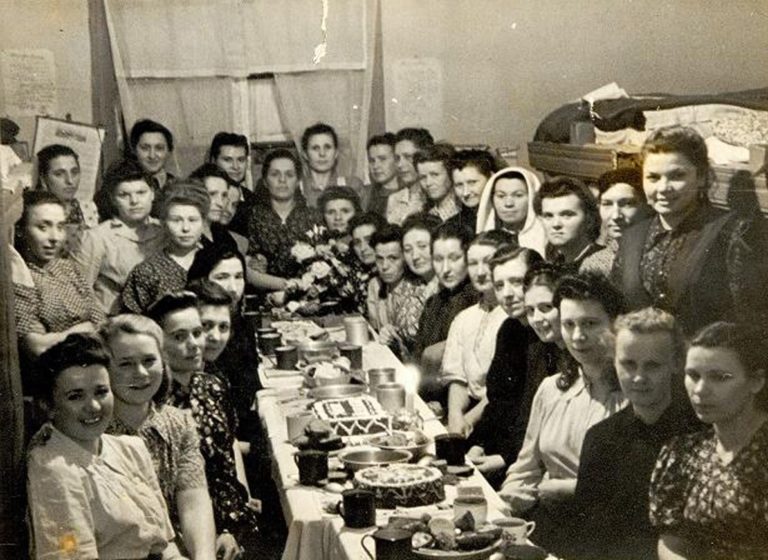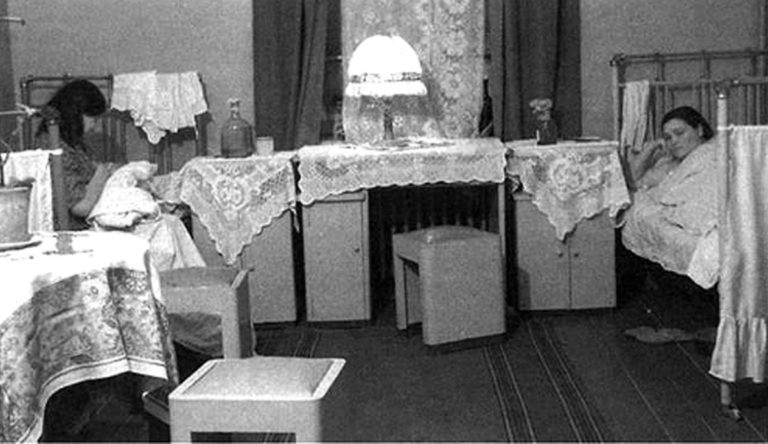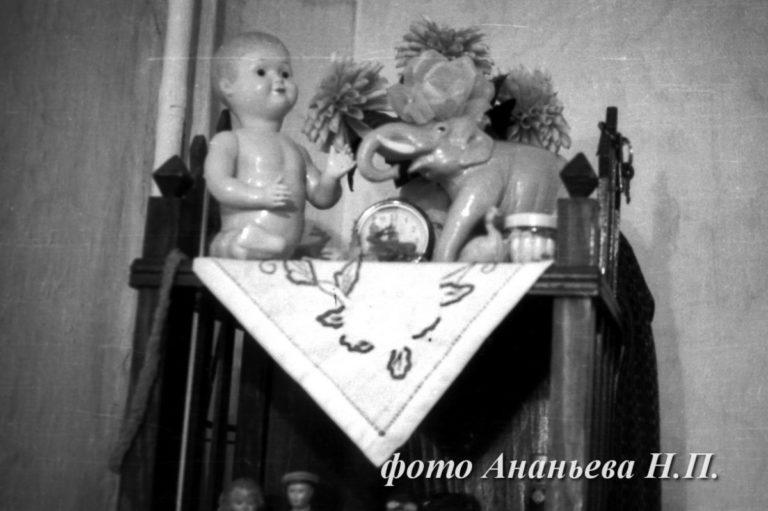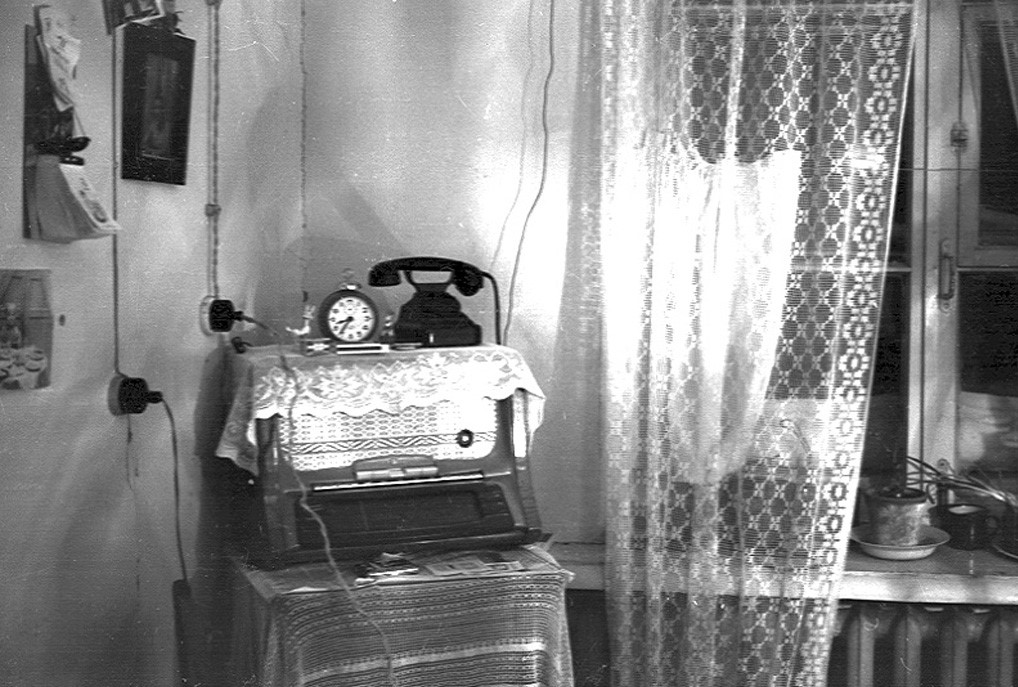#ARCTIC. #SIBERIA. THIS IS TAIMYR. In the future, new Norilsk residents voluntarily or involuntarily came to the village and each brought with him a piece of household life.
In the 1930s and 1940s, it was not easy for the Norilsk people to settle down in their houses, or rather barracks. All efforts went to the metal production, and during the war it became vitally important where to think about everyday and ‘petty-bourgeois’ things.
The situation with housing was terrible: even one civilian employee accounted for less than three square meters in 1942.
When the war began, and evacuated specialists from Monchegorsk began to arrive in Norilsk, they settled wherever it was possible to install a potbelly stove: six or seven families in one room.
In short supply were not only roofs over their heads, but also any household utensils. The delivery to Norilsk has always been more expensive than goods. Most goods and services had to be ‘invented’ and produced here.
For example, a glass and ceramic workshop began working in 1941. It produced both products for industrial laboratories and consumer goods from local raw materials. And in the same year, soap making was organized at the industrial procurement department.
In 1944, Norilsk mastered home-made shovels, but there was a terrible shortage of ordinary pans, no one simply knew how to make them. Turning on a lathe is a high metal consumption, expensive and slow. Then the technologists ‘invented a bicycle’: the pans began to be squeezed out. Heavy, but eternal, they finally went on sale.
Plows and harrows were made for local state farms in Norilsk, toys and Christmas decorations, pencils and ink, spoons and dental crowns. Even nails were made from wire scraps and electrode ends.
The stores also didn’t shine with variety, rather they were distributors, where certain goods were released according to strict standards. It was especially difficult to buy clothes and shoes, so at enterprises both prisoners and civilians were encouraged with cloth cuts, and a sewing machine in the hands of a craftswoman became the family’s breadwinner.
In the History spot photo project previous publication we told about the Chlorine-cobalt workshop’s legendary head Izosim Chalkin.
Follow us on Telegram, VKontakte.
Text: Svetlana Ferapontova, Photo: Nornickel Polar Division archive
